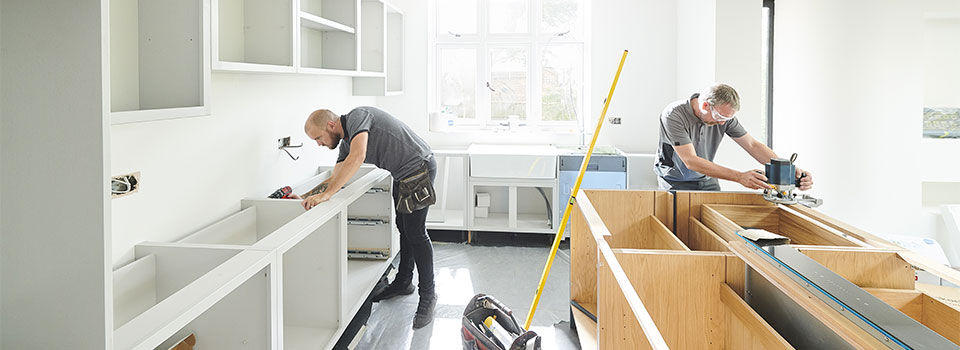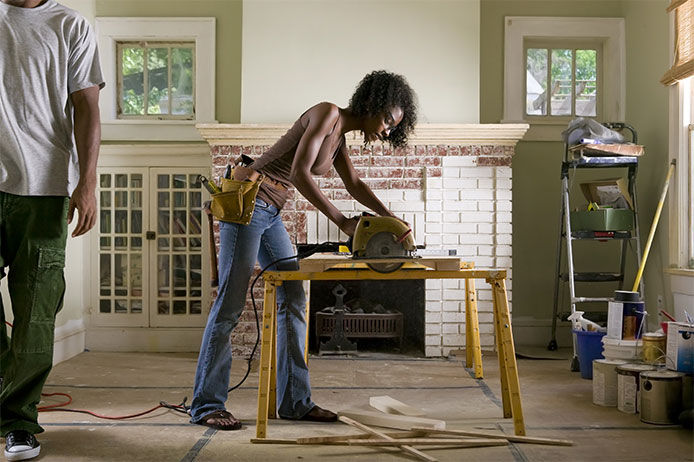Consider Classy Imitations
Imitation anything might not sound great, but it can actually be a classy way to improve the look and feel of your home without having to splurge for the real deal. Imitations these days can make your old floors or appliances look like sparkling new wood and stainless steel without huge costs. Some imitation woods, such as types of eucalyptus, can be produced to look like mahogany or oak, making them a perfect cost-effective option. Using peel-and-stick contact paper with stainless steel finish on appliances can give a modern refurbished look without breaking the bank.
Renovating your home doesn’t need to break the bank. With some good planning, you can make your house look fresh without too much overhead. A great place to start with this project is to look at your home and imagine you’re moving into it for the first time and own nothing. What would you change? Now you know where to begin.
While do-it-yourself projects can be fun and fulfilling, there is always a potential for personal injury or property damage. We strongly suggest that any project beyond your abilities be left to licensed professionals such as electricians, plumbers, and carpenters. Any action you take upon the information on this website is strictly at your own risk, and we assume no responsibility or liability for the contents of this article.




